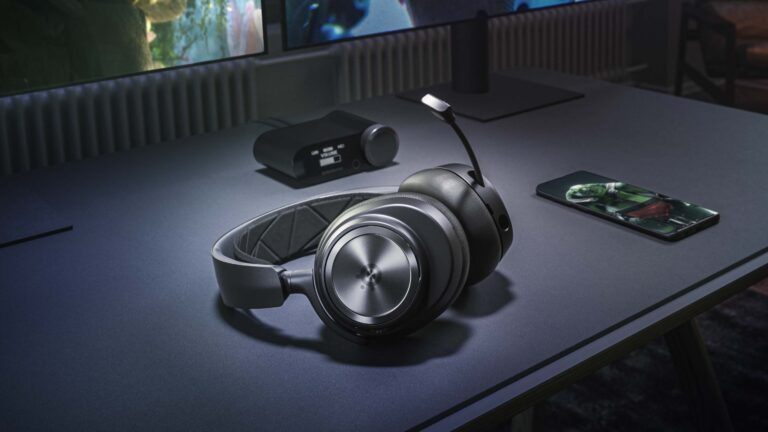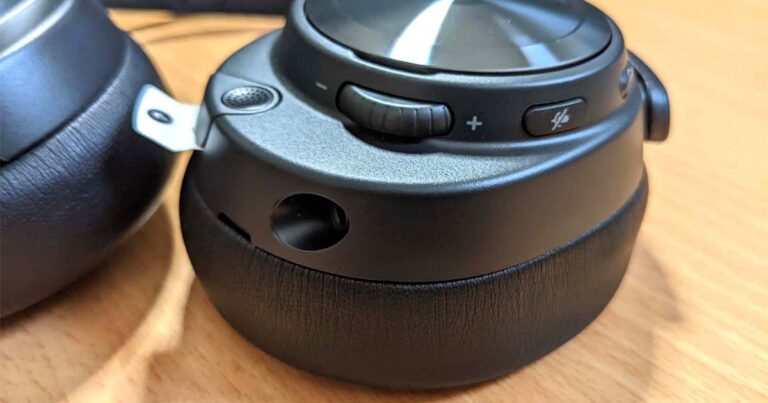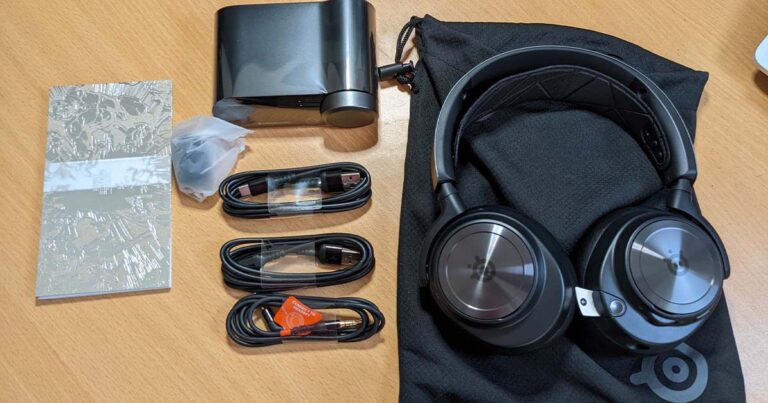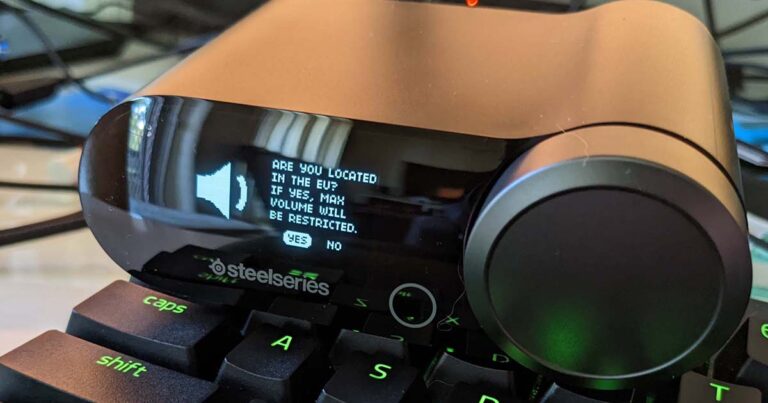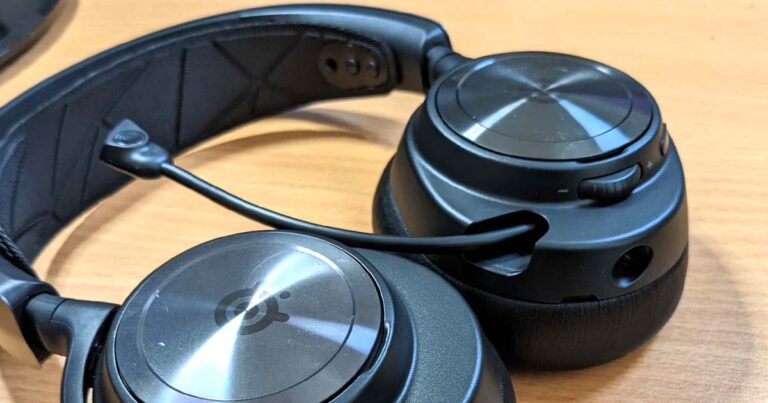Optus Mobile Review ALDI Mobile Review Amaysim Mobile Review Belong Mobile Review Circles.Life Review Vodafone Mobile Review Woolworths Mobile Review Felix Mobile Review Best iPhone Plans Best Family Mobile Plans Best Budget Smartphones Best Prepaid Plans Best SIM-Only Plans Best Plans For Kids And Teens Best Cheap Mobile Plans Telstra vs Optus Mobile Optus NBN Review Belong NBN Review Vodafone NBN Review Superloop NBN Review Aussie BB NBN Review iiNet NBN Review MyRepublic NBN Review TPG NBN Review Best NBN Satellite Plans Best NBN Alternatives Best NBN Providers Best Home Wireless Plans What is a Good NBN Speed? Test NBN Speed How to speed up your internet Optus vs Telstra Broadband ExpressVPN Review CyberGhost VPN Review NordVPN Review PureVPN Review Norton Secure VPN Review IPVanish VPN Review Windscribe VPN Review Hotspot Shield VPN Review Best cheap VPN services Best VPN for streaming Best VPNs for gaming What is a VPN? VPNs for ad-blocking Whether you’re a PlayStation devotee, Switch player or PC gamer, buy the Xbox version of the SteelSeries Arctis Nova Pro Wireless. Why? Because it gives you the option to use the headset with every platform you own, may own or, hell, the ones you encounter at other people’s places. It even comes with the two USB-A to USB-C cables you need to make it work across platforms. There’s a dedicated USB-C port on the back of the DAC for Xbox (only on the Arctis Nova Pro Wireless X), and then you use the one marked ‘USB’ for PlayStation and PC. I was thrown by how effortless it was. The manual says the DAC comes pre-synced with the headphones, and this was 100% accurate in my tests. After a couple of DAC clicks, I was ready to use it on PC. And I was ready to play just by connecting a USB-C cable to a corresponding port for my Xbox Series X and PlayStation 5 tests. The DAC is compact and light enough to effortlessly shift it between PC and consoles which, if you’re anything like me, have permanent USB-C cables dangling out of them to charge controllers. Connecting to Switch was as simple as holding down the Bluetooth button on the headphones for a few seconds, and the same is true for mobile devices. Switching between Bluetooth and 2.4GHz DAC wireless devices is one tap on the power button, which also is the same button used to cycle between active noise cancelling (ANC) modes. Speaking of control simplicity, those familiar with contextual play buttons on noise-cancelling headphones will be right at home with the SteelSeries Arctis Nova Pro Wireless. Tap the Bluetooth button once to pause or play, tap it twice to skip a track and three times to replay a track. Gone are the free length positioning options of the Arctis Pro Wireless, replaced instead with three fixed settings on a similarly soft internal headband. It’s a bit of a pain to shift positions—you have to really push the band in hard to lock everything into place—but once you find the right one, you won’t need to shift it again (and that rigidity means it shouldn’t pop out of place). To really nail that perfect fit after setting the headband, just lower or raise the right and left earcups. There are some bits of hard plastic that jut out within the middle of the earpiece, which are two of the ANC mics. That may sound painful, but you should never notice these with the right headband fit. The only minor comfort issues I had were before I properly configured the headband to fit my noggin. Outside of that, I’ve been using these headphones exclusively during everyday work and evening gaming sessions, and they’re always comfortable. In terms of physical controls, it’s a mix of DAC and physical earpiece options. The volume dial, microphone mute and power are easily reached and well spaced out on the left earcup, and the Bluetooth button alone on the right. I couldn’t figure out a way to easily access the mix for voice and playback levels, and I found the slimline DAC tricky to use at first. Compared to the Arctis Pro Wireless, this new DAC boasts a larger wheel for volume and menu navigation, which doubles as a button. Admittedly, it took me way too long to realise the seemingly aesthetic circle on the DAC screen is actually a back button (it was a physical button on the Arctis Pro Wireless DAC). I’m someone who likes audio loud, and I mostly hovered around 50% volume, particularly for the big explosions from games like Hell Let Loose. On PC, it’s absolutely worth tinkering with the audio settings via Sonar. Despite being in early access and requiring a (free) SteelSeries account to use, this is where the power of the SteelSeries Arctis Nova Pro Wireless looms even louder. You can reportedly use Sonar with other headsets, including non-SteelSeries cans. Sonar is separated into Mixer, Game, Chat and Microphone tabs. Mixer lets you tinker with the playback/chat mix, mic output level and overall master volume. Chat and Microphone look identical, but there’s an equaliser as well as noise reduction and other features to truly personalise how outbound and inbound chat sounds. On the microphone front, my regular Discord crew immediately complimented the audio quality of my comms, particularly in comparison to the lacklustre Epos H3Pro Hybrid. Like the Arctis Pro Wireless, the SteelSeries Arctis Nova Pro Wireless features a retractable microphone, except this newer version has way better quality, algorithm-driven noise reduction and it tucks fully away. The overall look of the SteelSeries Arctis Nova Pro Wireless has an understated gaming aesthetic, meaning you can wear it outside as everyday headphones or inside for epic gaming sessions. It helps that the batteries boast 22 hours apiece: have one on charge in the DAC and the other in the headset. Effectively, there are only seconds of downtime between battery swaps, and you can even charge via USB-C (behind the left earcup cover) if you want to use noise-cancelling headphones with 40+ hours of battery life when you’re away from the DAC. Back to Sonar, I had a lot of fun playing with the audio presets. Everyday music sounded best for me on the Music: Punchy option, and while there are game-specific configurations, the FPS Footsteps preset was so good it felt like I was cheating with how far away I could hear enemies approaching in Hell Let Loose. This also had the added benefit of deeper bass, which makes gunshots and bombing runs sound like nothing else before, adding a deep level of immersion to gameplay. It gets even better once you activate Sonar spatial audio, which offers sound accuracy that fans of competitive multiplayer are going to love. Given the volumes these cans can pump out, passive noise cancelling should be enough for most people, but there’s also ANC. This is particularly useful for those using the SteelSeries Arctis Nova Pro Wireless as everyday headphones, and the results in my basic noise-cancelling comparisons were only marginally behind the Sony WH-1000XM4s that I use all the time. Everyday testing includes video calls and music playback, and we favour headsets that are more than single-function devices. In fact, the headsets that tend to score the highest are those that marry big sound (including oomph-tastic bass) with all-day comfort. Wired and wireless gaming headsets are generally more closely compared in their respective connectivity categories, except where there’s crossover for things like comfort and sound performance. Then we take a look at the nice-to-haves. Companion software isn’t necessarily a dealbreaker if it’s average, but it can help elevate the usefulness of a headset. We also appreciate easy-to-reach physical controls for the main functions on a headset.
